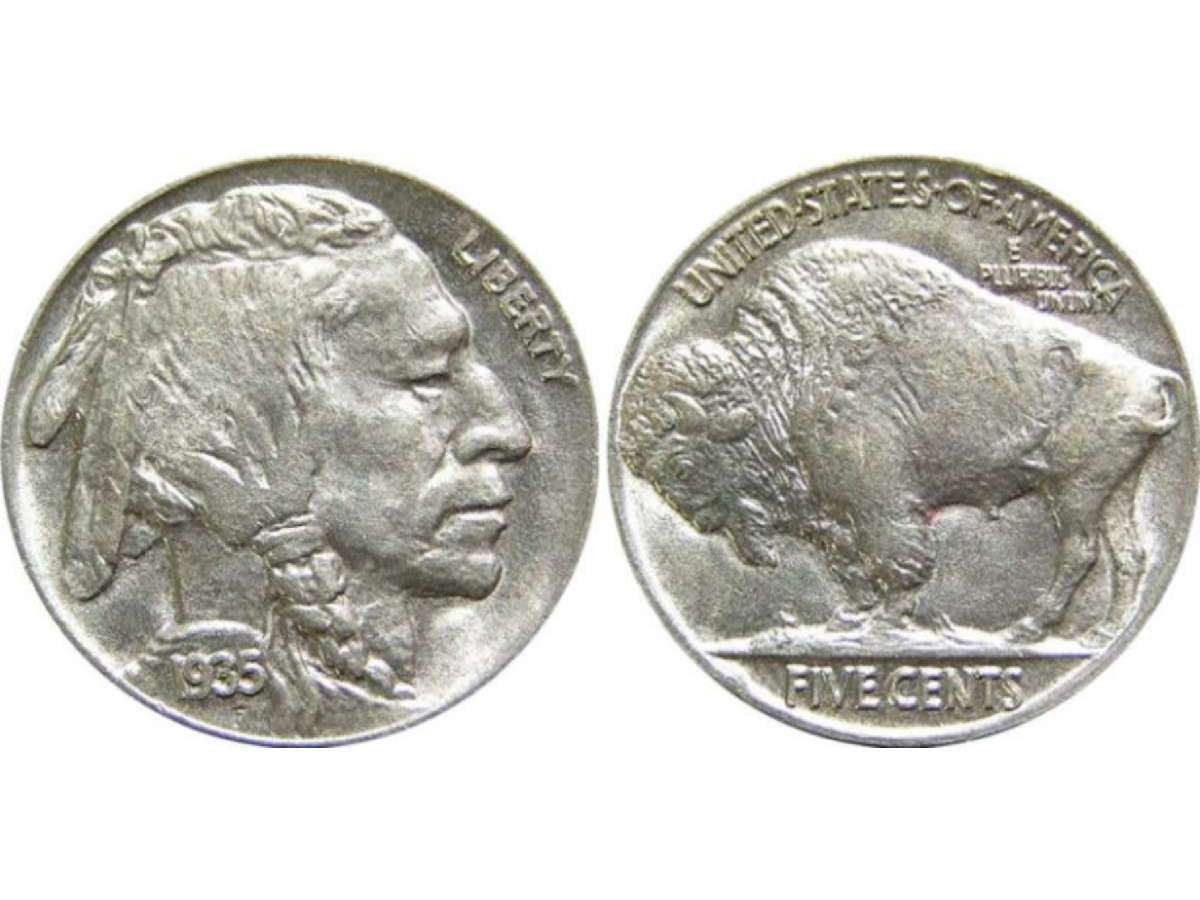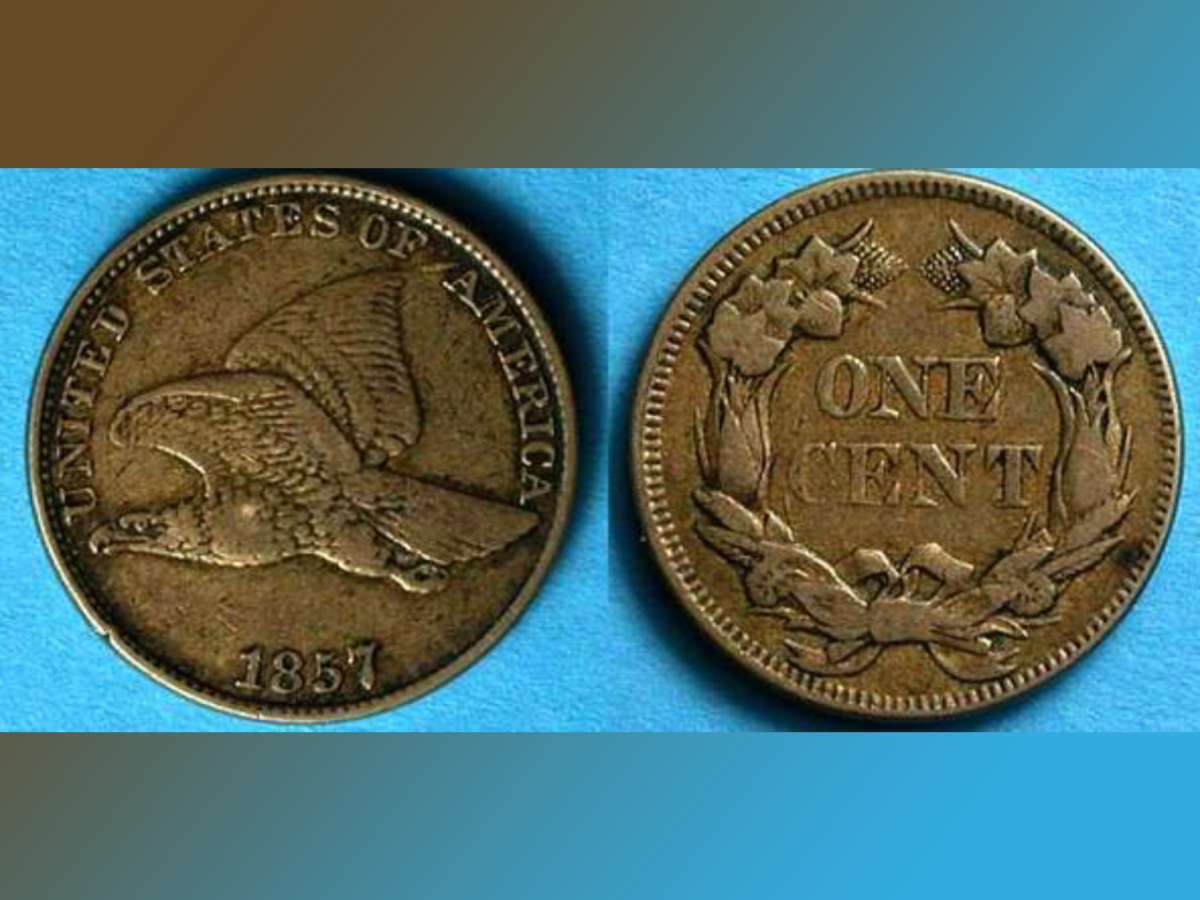 Many find rare coins alluring. Rare and expensive coins seem to garner even greater speculation and interest.
Many find rare coins alluring. Rare and expensive coins seem to garner even greater speculation and interest.
Coin auctions have long been where the world’s most expensive coins are bought and sold.
Over the decades, the world has seen the most expensive coins push through the hundreds of thousands of dollars, and in recent decades, into the millions of dollars.
What has been paid at coin auctions for the top 10 most expensive coins?…
Prices At Coin Auctions Through The Roof
Coins that have long been the center of attention, like the 1804 Bust silver dollar and 1913 Liberty nickel, have pushed record realized prices into the 7 digits.
We may someday soon hear of coins regularly breaking into 8-digit prices.
At any rate, the legendary coins that have been on the coin auction block in recent years have many dreaming. The prices that these coins command make owning some of them absolutely elusive.
Yet, we all still want to know what the most expensive coins are. After all, some of us just want to know what the prices (plus the buyer’s fee) are of our favorite coins so we can know how much we need to begin saving to buy one!
Top 10 Coin Auction Prices
Well, start pinching those pennies. You will have to fill up an awfully large jar to attend the next coin auction and snag one of these coins listed in the Top 10 auction prices.
Prices are current as of the 2009 edition of A Guide Book of United States Coins.
1. 1933 $20 Double Eagle: Gem Brilliant Uncirculated; sold for $7,590,020 in July 2002 by Sotheby’s and Stack’s
2. 1804 Class I Silver Dollar: PCGS Proof 68; sold for $4,140,000 in August 1999 by Bowers & Merena
3. 1787 Brasher Doubloon, EB on Breast: NGC Extremely Fine 45; sold for $2,990,000 in January 2005 by Heritage
4. MCMVII (1907) Ultra High-Relief, Lettered-Edge $20 Double Eagle: PCGS Proof-69; sold for $2,990,000 in November 2005 by Heritage
5. 1787 Brasher Doubloon, EB on Wing: NGC About Uncirculated 55; sold for $2,415,000 in January 2005 by Heritage
6. 1927-D $20 Double Eagle: PCGS Mint-State 67; sold for $1,897,500 in November 2005 by Heritage
7. 1913 Liberty Head Nickel: PCGS Proof 66; sold for $1,840,000 in March 2001 by Superior
8. MCMVII (1907) Ultra High-Relief, Lettered-Edge $20 Double Eagle: PCGS Proof 68; sold for $1,840,000 in January 2007 by Heritage
9. 1804 Class I Silver Dollar: PCGS Proof 64; sold for $1,840,000 in October 2000 by Stack’s
10. 1804 Class I Silver Dollar: Proof 63; sold for $1,815,000 in April 1997 by Bowers & Merena/Stack’s
Amazing, huh?
It takes quite a few “pretty pennies” to buy these expensive and rare U.S. coins!
Coin Auction Abbreviations
For the record, PCGS stands for Professional Coin Grading Service. It is a third-party coin grading and encapsulation company.
For a fee, they will grade and encapsulate most any coin.
NGC, which stands for Numismatic Guaranty Company is another famous third-party coin grading service which accepts coins for grading and encapsulation.
Also, you are probably wondering what the “EB” is on the 1787 Brasher Doubloon coins (#3 and #5 on this list). In fact, “EB” are the initials for Ephraim Brasher.
Ephraim Brasher was a New York goldsmith who produced the 1787 Brasher Doubloon and stamped his initials on the wing and breast of the eagle on the coin. To find out much more about the Brasher Doubloon, read this article published on the American Numismatic Association (ANA) website.
RELATED:




